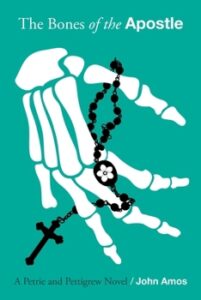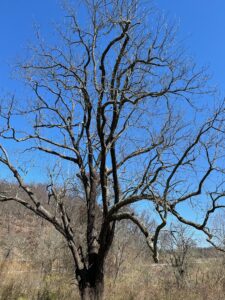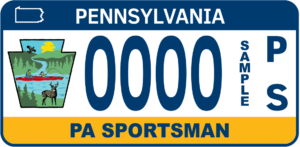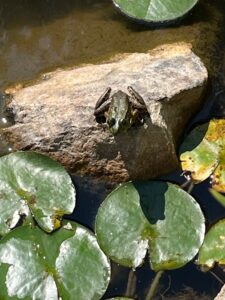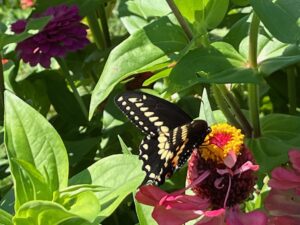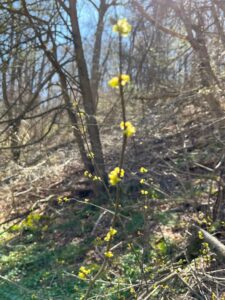Attention wildlife artists: the barn owl is the featured species of the Pennsylvania Game Commission’s 2026 Working Together for Wildlife Art Contest
By Steven Brodsky
… Details about the 2026 Working Together for Wildlife Art Contest are in this news release that was issued by the Pennsylvania Game Commission on January 10, 2025:
BARN OWL FEATURED IN ART CONTEST
It’s time to go back to the drawing board, or painting easel if you prefer.
The Pennsylvania Game Commission has announced its 2026 Working Together for Wildlife Art Contest, with entries due by May 2, 2025.
The 2026 featured species is the barn owl. One or more barn owls can be featured in an original horizontal artwork measuring exactly 22 ½ by 15 inches, or a vertical artwork measuring exactly 15 by 22 ½ inches. Each artwork must be surrounded by a 3-inch-wide white border or mat, which is in addition to the listed artwork dimensions.
Artists can use whatever mediums and materials they choose, and artworks must be left unsigned and unframed.
Unlike in previous years when submissions were mailed or hand-delivered to the Game Commission, all submissions for the 2026 contest must be submitted by e-mail to rebawillia@pa.gov by 4 p.m. on May 2. Artists may submit more than one work, but for each submission, there is a nonrefundable $50 entry fee. Artists 18 and younger can enter for free.
Entry fees must be mailed to the Pennsylvania Game Commission ATTN: 2026 WTFW Contest, 2001 Elmerton Ave., Harrisburg, PA 17110-9797. Artists should be sure to include their name with payment.
All entries will be reviewed and evaluated by a committee of qualified Game Commission personnel.
The artist whose painting is selected for the 2026 Working Together for Wildlife fine art print series will receive $5,000 plus 50 artist proof prints. The winning artist must pencil sign up to 750 limited edition fine art prints produced from the original painting, with signing conducted at the Harrisburg headquarters, and the artist receiving the cash award after the prints are signed.
In addition, cash awards will be presented to other top-finishing artists. The artist submitting the second-place painting will receive $1,500; third place, $1,000; fourth place, $800; and fifth place, $500. In the event of a tie, the awards for the two places will be combined and split evenly.
Participating artists will have the chance to view entries after final selections are made.
Official rules about the contest are available on the Contests page of the Game Commission’s website. Each artist must be a Pennsylvania resident. For further information, contact the Game Commission 1-833-742-9453 (1-833-PGC-WILD).
Founded in 1980, the Working Together for Wildlife program has raised over $2 million for wildlife management and research across the Commonwealth.
“Revenues received from the sale of signed and numbered prints help finance wildlife research and management programs in Pennsylvania, meaning participating artists not only have a chance to take home winnings, but to help fund wildlife conservation through their work,” said Lauren Ferreri, who leads the Game Commission’s Bureau of Information and Education. “By inspiring artists, engaging the public and allowing both to help benefit wildlife, the Working Together for Wildlife program continues to promote the Game Commission’s role in wildlife conservation and serves as an important reminder that we all can make a difference.”
Posted 1-13-25
A reminder: ‘The Crafted World of Wharton Esherick’ exhibition at the Brandywine Museum of Art will be open through January 19, 2025
By Steven Brodsky
… Don’t miss this exhibition comprised of more than 70 works by Wharton Esherick!
Some of the Wharton Esherick works that are on display at The Crafted World of Wharton Esherick exhibition:
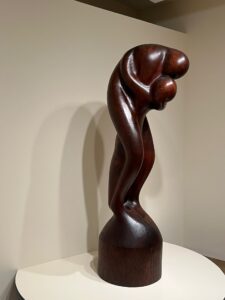
Photo by Steven Brodsky
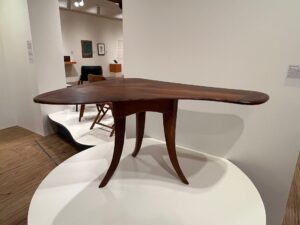
Photo by Steven Brodsky

Photo by Steven Brodsky
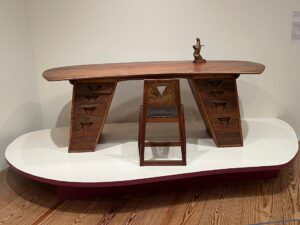
Photo by Steven Brodsky
The Crafted World of Wharton Esherick | Brandywine Conservancy and Museum of Art
Posted 11-15-24
The National Gallery of Art Sculpture Garden Ice Rink skating season will run from Saturday, November 23, 2024 – Sunday, March 2, 2025 (weather permitting)
By Steven Brodsky
… A number of Entertainment, Culture and More readers are looking forward to skating at this iconic rink during the rink’s soon-to-arrive skating season!
Visitor information is accessible at: Ice Rink at the Sculpture Garden.
This video for Joni Mitchell’s “River” was embedded here last year to accompany an announcement about the prior skating season at the rink:
If you’ll once again be satisfying the wish to enjoyably “skate away” at this rink or if you’ll be visiting the rink for the very first time, happy skating!
Posted 10-30-24
‘The Crafted World of Wharton Esherick’ exhibition to be presented by the Brandywine Museum of Art, October 13, 2024 – January 19, 2025
By Steven Brodsky

Wharton Esherick, Flat Top Desk, 1929 and 1962. Walnut and padouk, 28 x 82 x 36 in. Desk Chair, 1929. Walnut, padouk, laced leather seat, 28 x 18 x 18 in. Desk Figure, Bronze casting of 1929 Cocobolo original, 10 x 5 x 4 in. Wharton Esherick Museum Collection. Photo by Eoin O’Neill, courtesy of the Wharton Esherick Museum.
